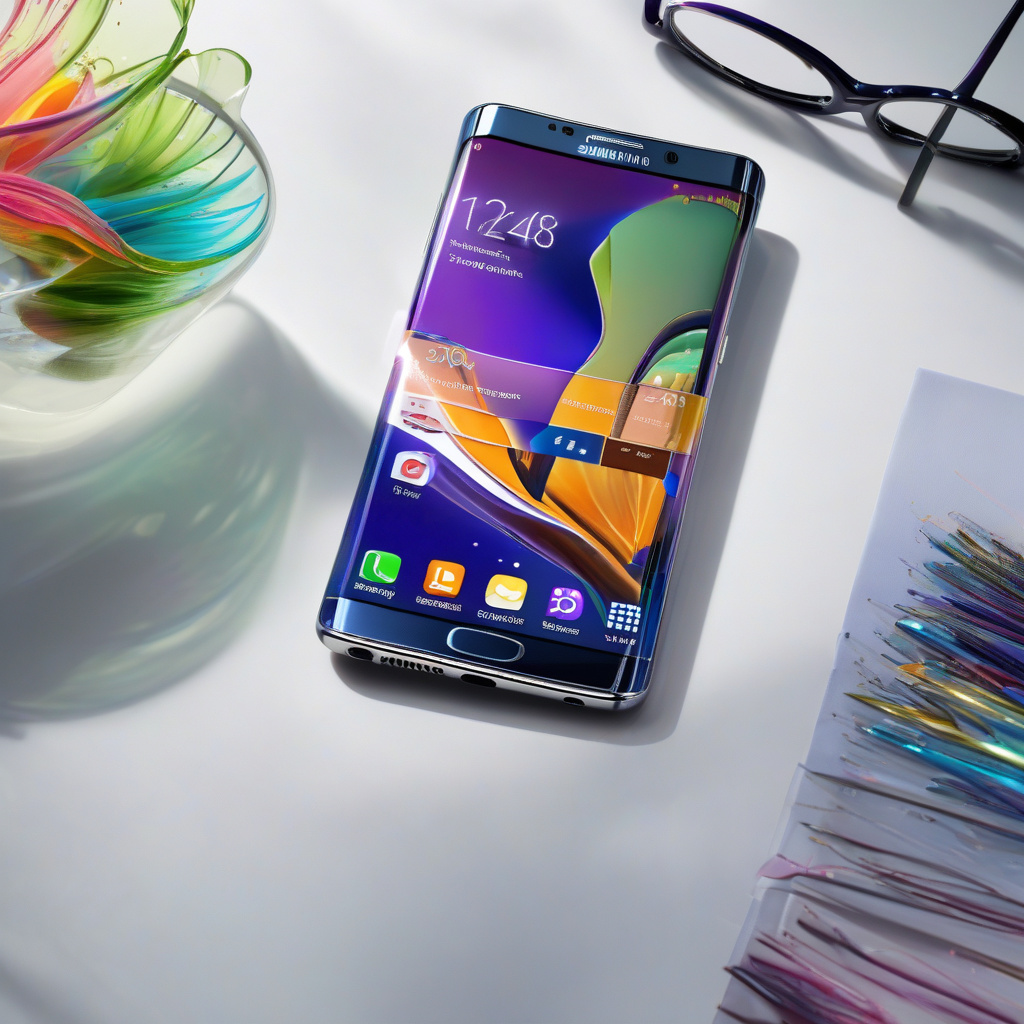Samsung has unveiled its latest flagship, the Galaxy S25 Edge, promising a super-slim design that aims to set a new trend in the smartphone market. While innovation is always welcome, it seems that Samsung might have missed a golden opportunity with this release.
One standout feature that could have set the Galaxy S25 Edge apart would have been a portless design. By eliminating the USB-C port, Samsung could have not only achieved an even sleeker profile but also generated significant buzz as the first portless phone in the market. This move could have been more than just a gimmick; it could have been a game-changer in the industry.
Imagine a Galaxy S25 Edge with no ports, allowing for a design that is even slimmer than the current 5.8mm thickness. This decision could have also created space for a larger battery, addressing concerns over the device’s below-average 3900mAh battery capacity. With advancements like eSIM technology, Samsung could have even removed the SIM card tray to further optimize internal space for a more robust battery.
Furthermore, a portless design would have given the Galaxy S25 Edge a clean and sophisticated look, eliminating the off-center arrangement of ports and creating a unique aesthetic appeal. Despite the modest 25W charging capability touted as “super fast” by Samsung, the absence of a charging brick and the prevalence of wireless charging in daily use would have made the lack of a USB-C port inconsequential for many users.
While Samsung should be commended for its bold design choices with the Galaxy S25 Edge, there is a sense of missed potential. Going portless could have been the bold move needed to truly shake up the smartphone market and offer something genuinely groundbreaking. As it stands, the Galaxy S25 Edge remains an intriguing device but falls short of being truly revolutionary.
For a more in-depth analysis of the Galaxy S25 Edge, be sure to check out our Mobile Editor’s hands-on review of the device. Additionally, we have compared the Galaxy S25 Edge with the Pixel 9 Pro XL to provide a comprehensive look at these two super-slim contenders in the smartphone arena.

